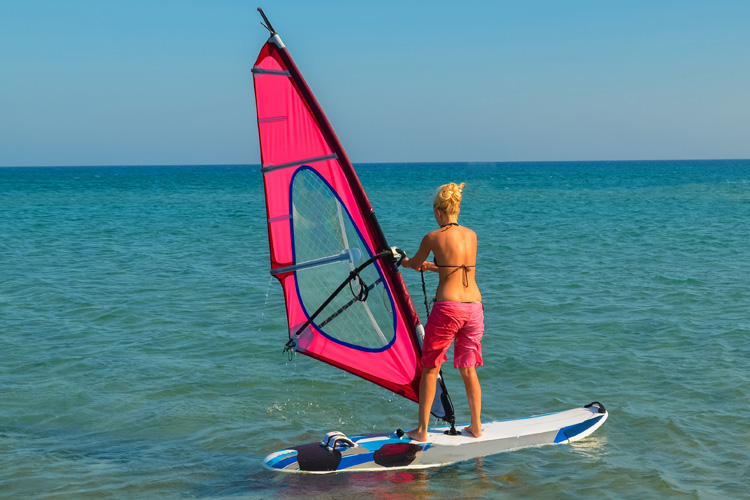
Basic Windsurfing techniques
If you want to start windsurfing, you should have some information on basic windsurfing techniques. Here we offer you information about the most basic techniques of windsurfing so that you can learn to be a great windsurfer.
Techniques to practice windsurfing
In this section, we will try to make a humble contribution to support and develop our sport. We want to teach you to expand and improve your windsurfing technique. Little by little, we will expand it to make learning windsurfing even more effective.
In the different disciplines of windsurfing, such as freestyle, slalom, waves, or the windsurfing formula, there are several techniques, maneuvers, and tricks that we can do. These techniques must be improved according to the type of activity that we are going to carry out and depending on the practice you already have of the sport.
The windsurfing techniques
Next, we will show you how to perform some windsurfing techniques to make your navigation easier. These techniques will be very helpful if you want to learn to windsurf. This will help many not to get frustrated in their attempt to learn windsurfing and not suffer so many accidents.
Lifting the rig
First, we will teach you the technique for lifting the rigging. This is the first step in teaching the person who wants to learn windsurfing. Many people have abandoned their attempt to learn to navigate due to poor execution of this movement, which poorly performed, can cause pain or injury in the lower back. To begin with the lifting of the rigging, you must place the board perpendicular to the wind direction and the sail positioned to leeward of the board. The feet should be placed, one on each side of the mast and both hands holding the halyard, the legs bent and the back upright and straight. After you have adopted this position, the weight of the body is dropped backward and the legs are pressed, grasping the halyard higher. The movement ends when the rig is completely out of the water and the hand is positioned as far aft as possible on the halyard just below the boom head. You should never forget throughout the movement to keep the neck perpendicular to the board.
Initial basic position
After the rigging process has finished, a basic starting position or safe position is reached. This is with arms extended, back straight, buttocks turned in, ankles and knees slightly bent, feet one on each side of the mast foot, and shoulder-width apart. The rig should be perpendicular to the board and slightly downwind, but without the sail touching the water, flapping in the wind being only attached to the head. This will be the position to adopt to start sailing.
From the initial position we must follow the following steps to start navigating:
– The bow hand should cross over the stern and thus grasp the boom about 20 to 25 centimeters from the mast with the palm facing down.
– The aft hand releases the halyard and remains holding the rig only with the forehand on the boom.
– The stern leg should be slightly bent to delay the weight of the body and counteract the traction that the sail will make when starting to sail. Depending on the intensity of the wind, we will have to flex this leg more or less.
– The mast must be inclined towards the bow to avoid the tendency of the board to luff.
– Then we must pull the sail with the hand from the stern until it stops flaming.
– Once sailing, the mast is balanced vertically to follow a straight line and not fall.
If you follow these steps you should already be surfing, and if not, some of the steps described above are being done wrong.